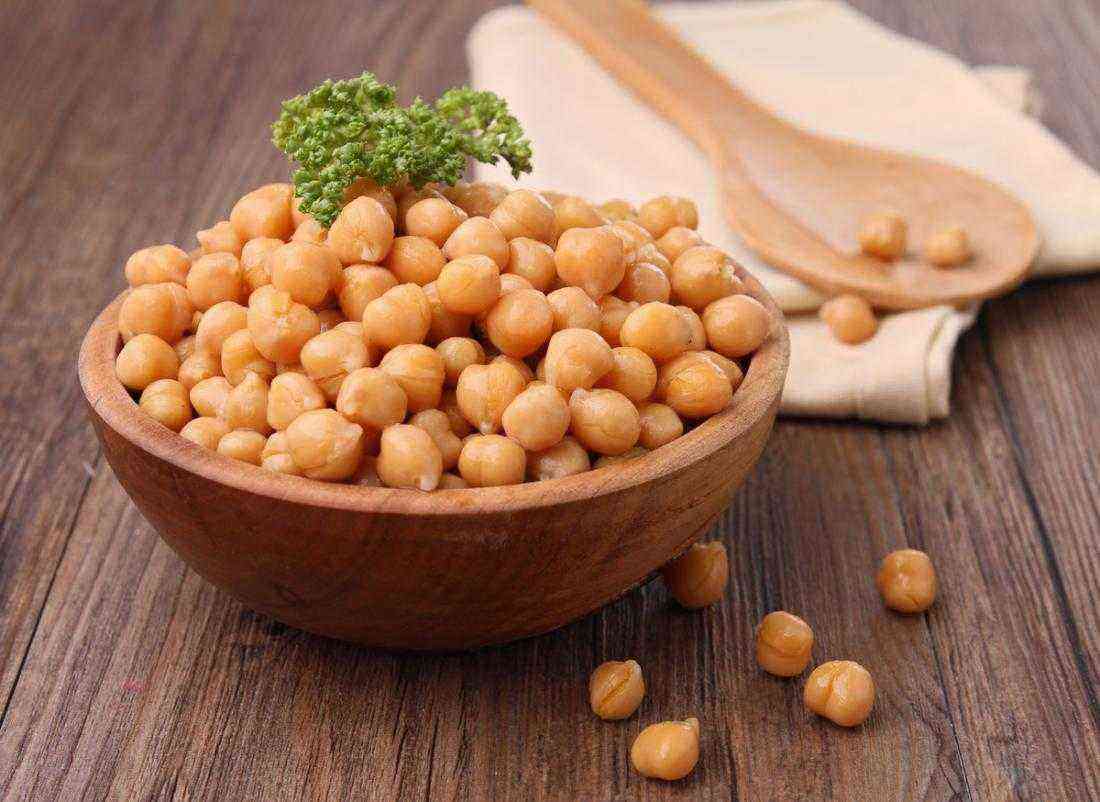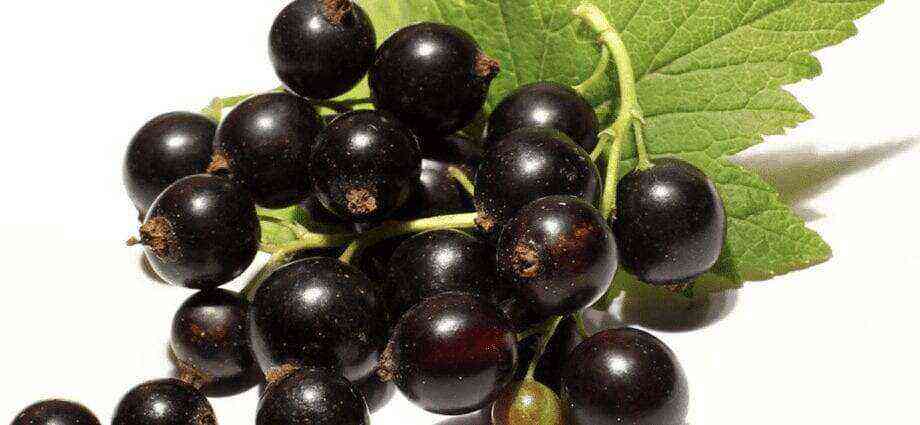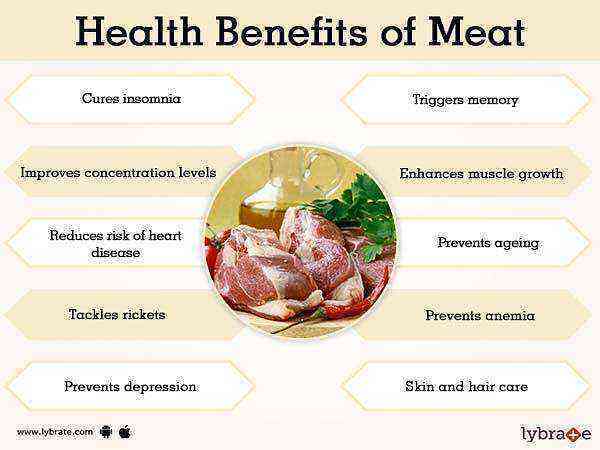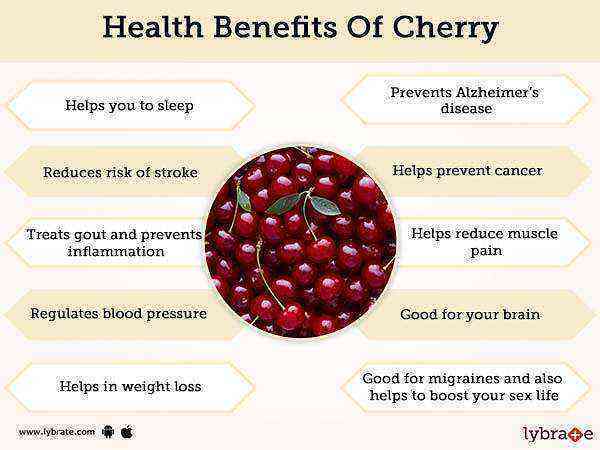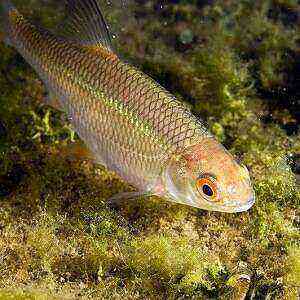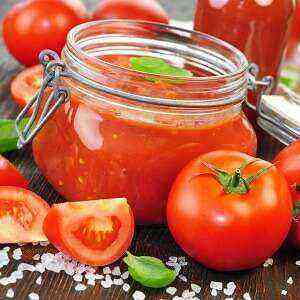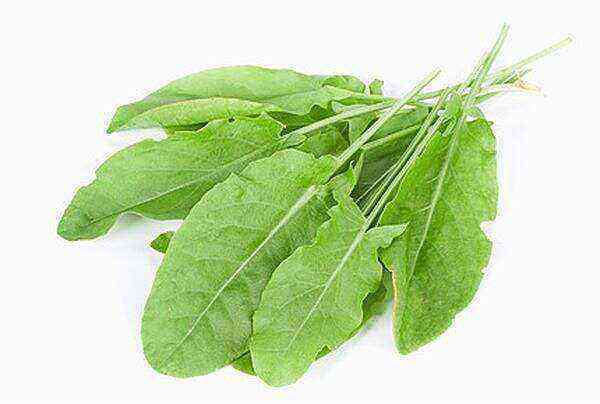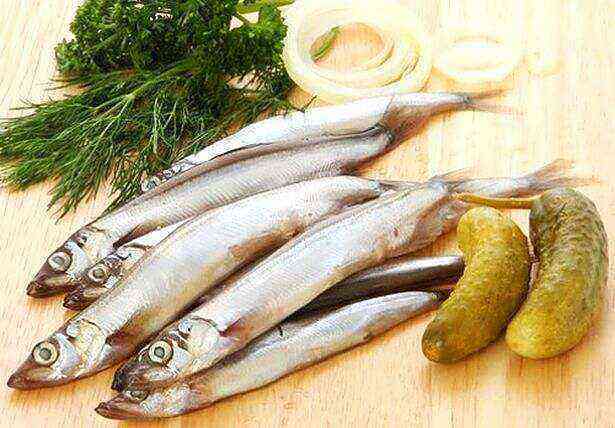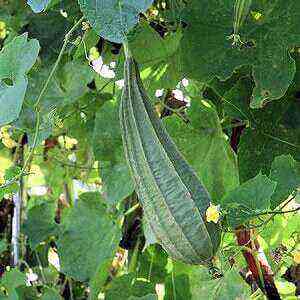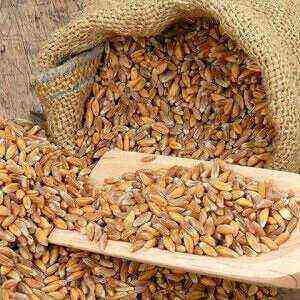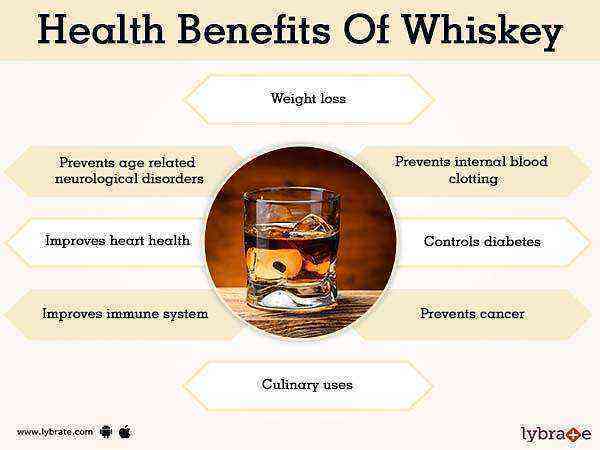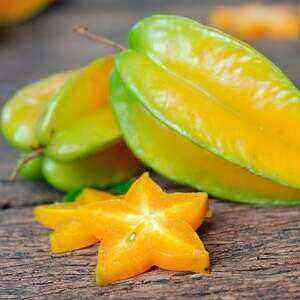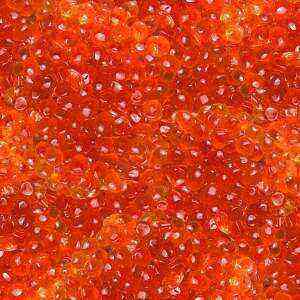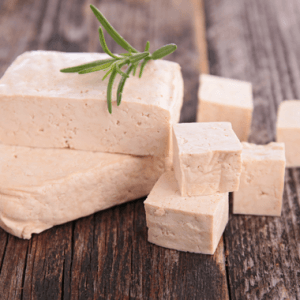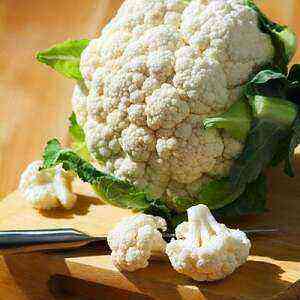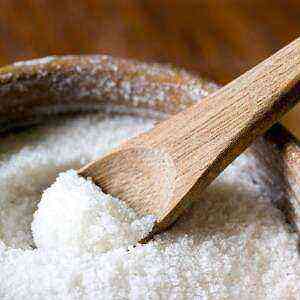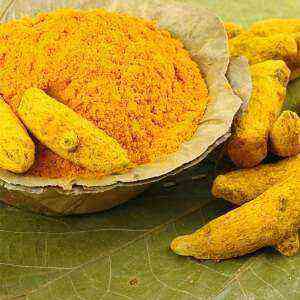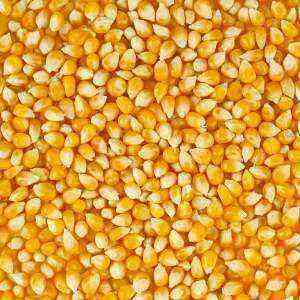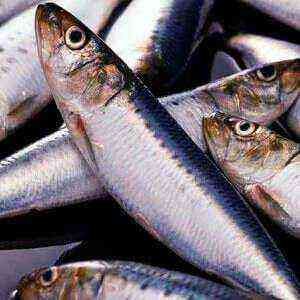
Fresh sardine is a rather unusual ingredient. The fish is quite bony, so it’s definitely not suitable for a rich soup. But the pickled / canned fish can be eaten directly with the bones (they become very soft and edible), prepare a quick snack, sandwich or fish salad.
General characteristics
Sardine – commercial fish, belongs to the herring family. The sardine itself is tiny: the length does not exceed 20 centimeters, and the maximum weight is 150 grams. Bone fish inhabits the Atlantic Ocean and the Mediterranean Sea. Sardines gather in huge flocks and together organize their life cycle. The flocks lie at great depths far from the coastline, so as not to catch the eye of local fishermen.
In Natal, South Africa, a record flock of sardines was seen. More than 5 billion fish were recorded in it, which followed the cold current and gradually formed a giant school. Large sea inhabitants watched the accumulation of fish with interest, and then hunted.
There is nothing unusual in the appearance of the sardine: a spindle-shaped body of a silvery or whitish hue, crowned with small but dense scales.
Once a year, whole flocks of sardines approach the coastal zone. This is due to the movement of the zooplankton that fish feed on.
Useful Properties
Fish contains easily digestible protein. The body spends a minimum of time / energy on the absorption of the product, but receives prolonged saturation, high nutritional value and a whole range of beneficial properties. Sardine is a record holder for phosphorus (P) and cobalt (Co).
Cobalt

Phosphorus
Phosphorus strengthens bone tissue and helps form a high-quality muscle corset. Nutrient accumulates energy in the human body through participation in the synthesis of proteins, fats and carbohydrates. The element increases the digestibility of other vitamins and minerals: the body works less, but receives twice as many useful components. Phosphorus also affects the condition of bones, teeth, hormones and chemical reactions in the body.
Vitamin D
The nutrient is responsible for the absorption of calcium and phosphorus, stimulating calcium-phosphorus metabolism, preventing the development of rickets and osteoporosis. The best natural source of vitamin D is sunlight. Given the specifics of the climate, vitamin is available to us only in the spring-summer period. In the cold season, the body has to wait for outside help. Such help should be sardine. The content of “solar vitamin” in fish is 1500 IU per 100 g.
Omega-3
Another important component of sardines is polyunsaturated fatty acids. All mankind knows about the properties of Omega-3: we force ourselves and our children to drink fish oil, take pills from blisters, and various dietary supplements. But herbal components are always better than chemical ones due to their composition, percent of digestibility and benefits. 1 tablespoon of fish oil loses to fresh ocean fish not only in quality but also in taste. Look for a healthy, and most importantly, a pleasant alternative to satisfy not only the needs of the body, but also nutritional receptors.
Omega-3 is a kind of prevention of thrombosis. The component prevents the pathology of the heart and blood vessels, improves blood flow to the capillaries and fills the body with energy. As a result, we get beautiful skin, a clearly functioning gastrointestinal tract, a healthy heart, and, importantly, a healthy mind.
What else is good sardine:
- minimizes the manifestations of psoriasis and other skin pathologies;
- improves vision, nourishes and supports the work of the retina;
- stimulates brain activity;
- has an antioxidant effect;
- strengthens the protective function of the immune system;
- prevents the development of asthma.
Chemical composition
Nutrition value (per 100 grams of ocean sardine)
Caloric content 166 kcal Proteins 19 g Fats 10 g Carbohydrates 0 g Dietary fiber 0 g Water 69,2 g Ash 1,8 g
Vitamin content (in milligrams based on 100 grams of raw product)
Retinol (A) 0,01 Thiamine (B1) 0,01 Riboflavin (B2) 0,15 Pantothenic acid (B5) 1 Pyridoxine (B6) 0,7 Folic acid (B9) 0,0062 Cobalamin (B12) 0,011 Ascorbic acid ( C) 1,13 Tocopherol (E) 0,48 Biotin (H) 0,00024 Niacin (PP) 4,04
Nutrient balance (in milligrams per 100 grams of raw product)
Macronutrients
Potassium (K) 385 Calcium (Ca) 80 Magnesium (Mg) 40 Sodium (Na) 140 Sulfur (S) 200 Phosphorus (P) 280 Chlorine (Cl) 165
Trace Elements
Iron (Fe) 2450 Iodine (I) 35 Cobalt (Co) 30 Manganese (Mn) 50 Copper (Cu) 185 Molybdenum (Mo) 4 Nickel (Ni) 8 Fluorine (F) 430 Chromium (Cr) 55 Zinc (Zn) 80
Use in cooking
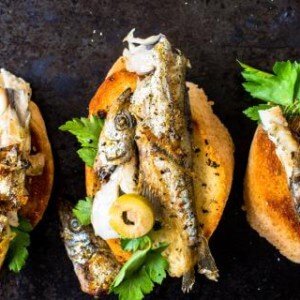
Pickled Sardines Recipe
It is impossible to be absolutely sure of the safety of the purchased fish. In addition, the presented assortment is not always able to satisfy the taste buds of spoiled buyers. Independently pickling sardines is one of the simplest culinary manipulations that is available to everyone. Change the ingredients, look for original flavor combinations and try to experiment with the taste palette.
Nutritional value (based on the 1 portion of the finished dish)
Caloric content 477 kcal Proteins 7 g Fats 47,9 g Carbohydrates 6,1 g
We need:
- sardines – 15 pcs;
- white wine vinegar – 13 tablespoons;
- olive oil – 180 ml (can be replaced with your favorite vegetable);
- lemon juice – 50 ml;
- greens to taste – 50 g;
- Garlic – 3 cloves;
- a pinch of coarse salt.
Preparation
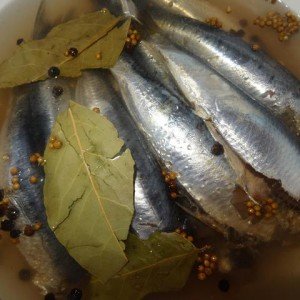
Transfer the pickled carcasses to a colander, let the excess liquid drain, and the fish itself will dry out a little. Put the sardines in a suitable baking dish and add the marinade.
Preparing the marinade: mix oil, lemon juice, chopped greens and heads of garlic in a small bowl.
Pour the marinade over the entire surface of the mold, massage the fish with your hands so that the meat is saturated with oil and spices. Wrap the mold tightly with cling film to block air and odors. Send the fish to marinate for the night, in the morning the snack will be ready for use.
How to choose sardines
If everything is very clear with the choice of fresh fish (a quality producer and a decent appearance), then canned food can cause problems. Take the choice of the product with the utmost responsibility, because a pleasant nursery can hide a whole nursery of pathogenic bacteria.
Manufacturer’s authority
Authority is a thing that has been developed over the years, so it really should be trusted. If you have found a really good manufacturer that offers the best value for money, then stop searching and enjoy the result.
Packaging integrity
The only thing that is available to the consumer eye is packaging. Opening banks one after another in search of perfect sardines is prohibited, and this is justified. Make the most of what you see. The label should be aesthetically pleasing and, more importantly, holistic. If the label lags behind the base, “smears” your hands with poor-quality factory paint or is torn from the slightest manipulation – put the jar in its place and look for a better option. Perhaps this is precisely the bank that fell into the minimum percentage of factory defects. If all the goods of this manufacturer are equipped with the same characteristics – leave the counter. High-quality plants are equipped with high-tech equipment, which does not allow even a minimum error.
Implementation period
On the tin can must be “knocked out” the term for the sale of the product. Next to the packaging date should be the batch number, shift and abbreviation of the assortment code of fish. This assortment code is different for each country and each fish species. It can be easily broken through a convenient smartphone search engine. Assortment code must match the content. If you are holding a can of sardines in your hands, and the code tells you that it is a river herring, then you should think about the real contents of canned food.
The absence of an assortment code is a gross violation of the law. Most likely, the product was made “underground” and does not have the legal right to be eaten.
Composition
The composition of each food product is regulated by state standard. The mark of compliance with the standard (with its abbreviation and serial number) should be on the label. Canned foods should not contain “complex” ingredients, various emulsifiers or flavor enhancers.
Remember: the simpler the composition, the better and safer the product.
Contraindications to use
There are 3 direct contraindications to the use of sardines – hypertension, gout, a tendency to salt deposition in bone structures. Fish provokes sharp jumps in blood pressure, which will negatively affect a person’s condition, can “strengthen” gout, increase the level of salt deposits.
Exclude the ingredient from the diet should be those who suffer from individual intolerance to fish. A similar phenomenon is rare, but still takes place. Look for herbal analog products (for example, broccoli, sesame oil, soybeans, pumpkin seeds) and monitor your health.
With pathologies of the gastrointestinal tract, it is allowed to eat only boiled, steam or baked fish. The use of canned food must be reduced to zero, since they can adversely affect the current state of the disease.
Do not forget about the permissible dosage of fish. 2-3 fish meals per week will be enough to nourish the body with useful components and prevent side effects.
What are the risks of overeating fish? An imbalance of polyunsaturated fatty acids develops in the body, which leads to diseases and a decrease in overall functionality. Moreover, there is a risk of contracting hazardous methylmercury compounds through fish and seafood. 2-3 doses per week exclude the possibility of accumulation of pathogenic substances, so control your appetite and form rational eating habits.

